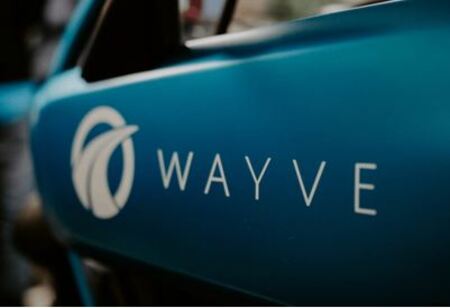
Wayve Opens New Testing and Development Facility in Japan


Wayve, a British business that develops self-driving technology, announced that it has opened a new testing and development facility in Japan, marking its first Asian market entry.
In collaboration with automakers, the center will concentrate on creating AI-powered driving software and testing it in Tokyo and the surrounding regions.
Wayve claimed that its machine-learning-based driving software will be more adaptable for international markets by utilizing data from Japan's complicated traffic conditions.
Wayve's technology makes use of video sensors to examine traffic patterns and driver behavior, in contrast to conventional autonomous driving systems that rely on intricate maps and coding.
Nissan, the third-largest carmaker in Japan, announced this month that Wayve software will be used in its next-generation autonomous driving technology, which is scheduled to debut in fiscal 2027.
The SoftBank Group-backed company Wayve is also testing its technology in the US, Canada, Germany, and the UK.
Wayve's technology employs machine learning with video sensors installed on the outside of cars to learn from traffic patterns and driver behavior, in contrast to traditional systems that rely on intricate data maps and coding.
Since its 2017 introduction, Wayve has attracted investors and attention with its self-learning, rather than rules-based, autonomous driving system, which is comparable to Tesla's strategy.
Wayve has created an end-to-end data-driven learning method for both "eyes off" fully automatic driving and "eyes on" assisted driving.
Automakers find Wayve's self-learning methodology especially appealing because it isn't dependent on certain sensors or HD maps.
This implies that Wayve's solution is compatible with current sensors, such as radar and cameras. The data that the autonomous driving software gathers from those sensors directly influences the system's driving choices.
Also Read: AI Challenges Mount, But SenseTime's CEO Has a Way to Stay Competitive
The software can work on any GPU that its OEM partners currently have in their cars, according to co-founder and CEO Alex Kendall, even though the startup's development fleet employs Nvidia's Orin system-on-chip.

